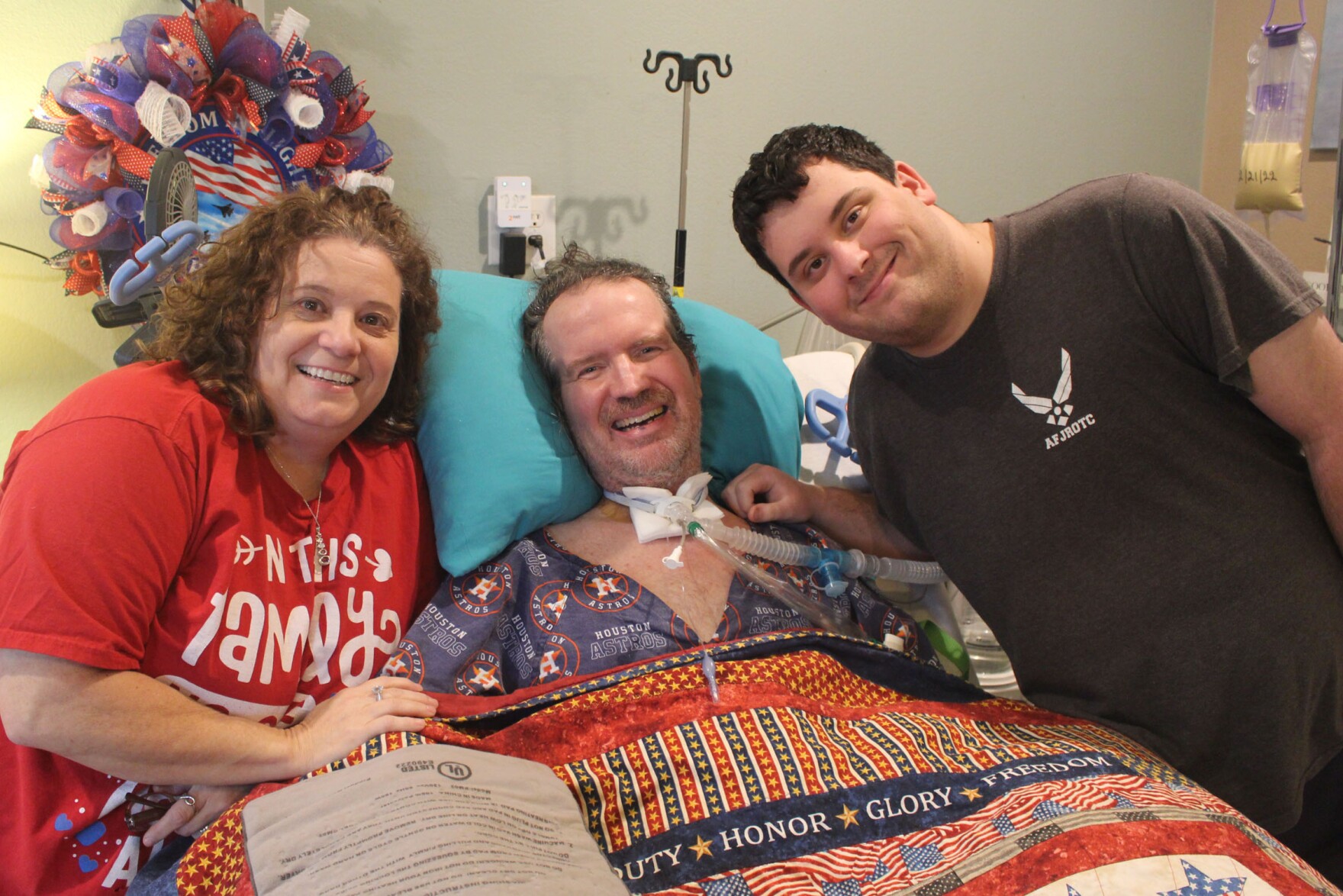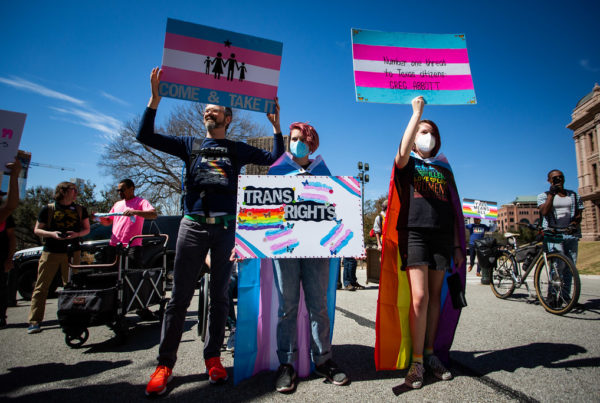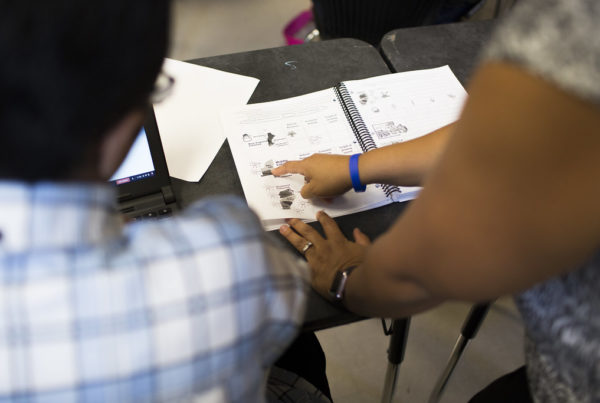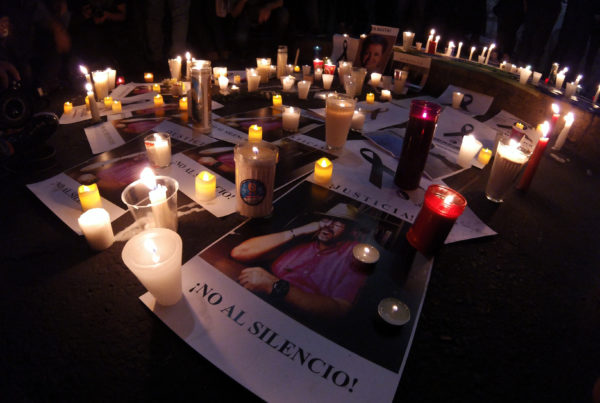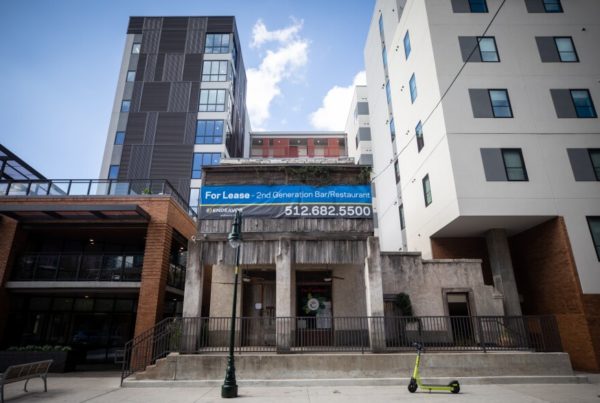The Garey family home outside of Austin, Texas, is a revolving door of medical professionals coming to assist Tom, the patriarch — an Air Force veteran with advanced Lou Gehrig’s disease – also known as amyotrophic lateral sclerosis, or ALS.
Every few hours, a respiratory therapist or hospice nurse enters a key code to get into the house, and the German Shepherds – Lou and Remi – go crazy.
“It’s life here at the Gareys,” said Lara, Tom’s wife and primary caregiver. “We try to make it like an ICU. But it’s really like a zoo ICU.”
Tom is bedbound and paralyzed with a tracheal tube. He communicates with a camera that turns his eye movements into strokes on a keyboard. The last few months have been punctuated with medical emergencies: a tube change, incorrect settings on his ventilator, and shortages of needed supplies and skilled nursing care.
Tom’s son Trey was 13 years old when his dad was diagnosed with service-connected ALS. He’s 19 now.
“I can pretty much do everything that needs to be done with my dad like trach care, suction stuff,” Trey said. “I run errands to get food for me, my mom or my dad. I run and get meds. I just pretty much do everything around the house.”
Watching his dad’s disease progress and trying to support his mom have taken a toll on Trey. He said his attention is always a little split.
“There’ll be times when I’m sitting there and I’ll hear them say, ‘Hey, can I get some help?’ I’m always listening. They can say, ‘Come here’ to the dogs, but I’ll hear ‘Trey, come here.’ So I get up and run.”
Though the Gareys said they have tried to shield Trey from many aspects of his father’s care, he sticks closer to home than before. Lara noted that he became less engaged in school after the diagnosis.
“He took a step back and became more attached to his dad, to me and to our family, and what was going on,” she said. “Early on, he kind of thought he should be the man of the house, because daddy couldn’t.”
With the help of therapy and a wide support network, Trey has learned strategies to cope with the fact that his dad’s ALS is terminal. He and Lara have planned for life after Tom passes, but the reality hasn’t sunk in for either of them.
“Trey is well aware of all the parts of the funeral and the celebration of life and everything,” said Lara. “But I think there’s part of me that just doesn’t believe it’s going to happen.”
“That’s the difference between what your heart thinks and what your head thinks. And that’s been the hardest part, getting those two connected,” she said.
The Elizabeth Dole Foundation recently commissioned a first-of-its-kind study on military caregiver children like Trey. It found that they often suffer from stress and anxiety, and many reported social isolation. Others were hesitant to leave the house or have friends visit. Sometimes, their relationship with their healthy parent suffered as well.
“We have some kids who are making sure that their service member takes their medicine or doesn’t forget to turn off the gas on the stove,” said Steven Malik, a senior researcher with Mathematica, the firm which carried out the study. “Then we have some folks who are serving as de facto therapists — emotional support — for their service member.”

Malik said a lot of those kids are “parentified,” meaning they’re taking on developmentally-inappropriate responsibilities normally reserved for adults. That, in turn, leaves them with less bandwidth to focus on their own needs and wants.
“Kids are having a hard time understanding their service member’s injury or illness and the impact it has on them,” said Cleo Jacobs Johnson, the study’s coauthor.
Mathematica concluded that families are able to manage caregiving demands more smoothly when their children are empowered with information about their family members’ needs – and that information is delivered in developmentally appropriate ways.
Researchers also found that families often don’t know where to turn for help, and they face barriers when they seek mental health care and other forms of support in their communities.
The Dole Foundation is building a coalition of government agencies, schools, nonprofit organizations, and medical institutions called “Hidden Helpers.” The idea is to create programs that strengthen caregiving families’ interpersonal relationships at home and in the community, offer mental health care, and help kids and teens learn how to care for loved ones while still growing themselves.
A major focus of Hidden Helpers is encouraging doctors and health systems to engage proactively with military caregiving families about their specific needs.
“We’re talking about a new model of healthcare with some of these medical system leaders, one which gives providers the tools and training to think through what the needs of that whole family are,” said Rashi Romanoff, Vice President for programs and partnerships at the Dole Foundation. “When a veteran or an active duty service member leaves a medical appointment, he or she goes home to a family. So if we can have providers better understand what the needs of that family are, it’s going to be in everyone’s best interest.”
Despite the pain points of life in a military caregiving family, there are some upsides. Lara Garey, formerly a caregiver fellow with the foundation, said her son Trey cares profoundly for people in ways his peers don’t.
“He’s very good about anticipating my needs as well as Tom’s, which, I have to say, makes me such a proud mom. But then it makes me feel bad that my 19 year-old is worried about my well being.”
This story was produced by the American Homefront Project, a public media collaboration that reports on American military life and veterans.Funding comes from the Corporation for Public Broadcasting.
Copyright 2022 North Carolina Public Radio – WUNC.


